The Lunar New Year is a significant celebration in East and Southeast Asian cultures.
It lasts for several days, unlike New Year’s Eve, which only lasts hours. During this time, Asian people enjoy rice dishes, receive money envelopes, and experience traffic jams.
If you want to know when the next lunar new year begins, what the red envelope contains, and which dishes must be included in the New Year’s table, we will provide you with all the information you need in the following lines.
Lunar New Year Date
The Lunar New Year is a multi-day holiday celebrated in various countries, including China, North and South Korea, Malaysia, the Philippines, Indonesia, Vietnam, Mongolia, Singapore, and Brunei.
The holiday starts on the first new Moon of the lunar calendar and lasts for 15 days, ending with the first full Moon of the lunar calendar.
Since the lunar calendar is based on the cycles of the Moon, the dates of the holiday vary slightly each year, usually starting between January 21 and February 20 on Western calendars.
It is worth noting that the solar year, the time it takes the Earth to orbit the Sun, lasts approximately 365 days, while the lunar year, defined by twelve full moon cycles, lasts about 354 days.
However, an extra month is added periodically to the lunar calendar to synchronize it with the solar year, similar to the Jewish lunisolar calendar.
The first of January is also associated with several prognostics. Discover the most famous New Year’s prognostics in our article!
Lunar Year Sign
The Asian zodiac system is a cultural practice that is widely recognized and celebrated in many Asian countries.
It consists of twelve animals, each representing a year in a repeating cycle that spans twelve years.
The order of the animals is said to be related to a legend in which the Chinese emperor held a race to determine which animals would be included in the new calendar.
The animals that participated in the race were the rat, buffalo, tiger, hare, dragon, snake, horse, goat, monkey, rooster, dog, and pig.
The rat emerged as the winner of the race, followed by the buffalo, tiger, hare, dragon, snake, horse, goat, monkey, rooster, dog, and pig, in that order.
According to the Chinese calendar, 2023 is the Year of the Rabbit. However, the Vietnamese calendar celebrates the year of the cat instead of the hare, as the Vietnamese people hold the cat in high regard.
The zodiac system is considered to significantly impact an individual’s personality and characteristics, as people born in a particular year are said to possess the traits of the animal that represents that year.
The Lunar New Year is the most significant event in the Asian zodiac calendar and is celebrated with great enthusiasm and joy. The date of the Lunar New Year varies each year and falls on the second new moon after the winter solstice.
The following table shows the date of the Lunar New Year in the next ten years:
| Year | Lunar New Year date | Sign of the Zodiac |
| 2023 | January 22, 2023 | Hare |
| 2024 | February 10, 2024 | Dragon |
| 2025 | January 29, 2025 | Snake |
| 2026 | February 17, 2026 | Horse |
| 2027 | February 6, 2027 | Goat |
| 2028 | January 26, 2028 | Monkey |
| 2029 | February 13, 2029 | Rooster |
| 2030 | February 3, 2023 | Dog |
| 2031 | January 23, 2031 | Swine |
| 2032 | February 11, 2032 | Rat |
| 2033 | January 31, 2033 | Buffalo |
Lunar New Year traditions and foods
Every culture celebrates the New Year a little differently, with different foods and traditions that symbolize prosperity, abundance and togetherness. In preparation for the New Year, houses are thoroughly cleaned to get rid of any negative spirits that may have accumulated during the old year. Cleaning is also supposed to open up space for goodwill and happiness.
Some households have rituals where food and paper icons are offered to the ancestors. Others post red paper and banners with calligraphic messages in front of and inside houses. Elderly people hand out money envelopes to children.
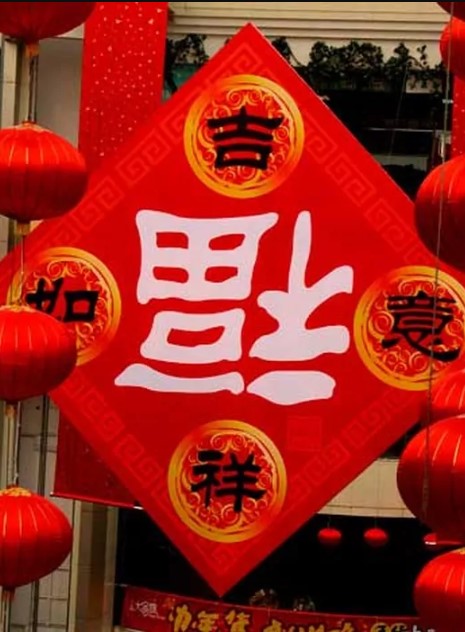
Different cultures celebrate the New Year in unique ways, often with specific traditions and foods that symbolize prosperity, abundance, and togetherness.
Before the New Year, many households are thoroughly cleaned to eliminate any negative spirits that may have accumulated during the old year. This cleaning is also believed to create space for goodwill and happiness.
Some families perform rituals that offer their ancestors food and paper icons. Others hang red banners and paper with calligraphic messages both inside and outside their houses.
Many older adults hand out money envelopes to children during this time. Food is an essential aspect of Lunar New Year celebrations, and many dishes have symbolic meanings of good luck and prosperity.
Sticky rice dishes are especially common, as they represent togetherness. For instance, during the Mongolian Lunar New Year, Tsagaan Sar, a mixture of cottage cheese, rice, and raisins, is served. Milk is also a key ingredient in many local dishes, as its white color symbolizes purification, much like the moon at night.
New Year envelopes with money
The Lunar New Year is a significant festival celebrated by several cultures, including Chinese, Vietnamese, and Korean.
During this event, it is customary to offer red envelopes filled with money as a symbol of good luck and blessings.
In Chinese culture, these envelopes are known as “hong bao” in Mandarin and “lai see” in Cantonese. Parents usually give them to their children and older people as a symbol of good fortune. The amount of money given is usually an even number as odd numbers are considered unlucky. The red color of the envelope symbolizes happiness, energy, and good luck.
In Vietnam, these envelopes are called “tiền động đội” and are usually filled with fresh, crisp banknotes. They are given as a gesture of respect, gratitude, and well wishes for success and longevity. Initially, older people gave them to children, but today, Vietnamese people can give them to anyone, regardless of age.
In Korea, children receive New Year’s money called “sebaet don” from older family members. The money is usually distributed in traditional white silk bags or envelopes, symbolizing purity and good fortune. The amount of money given is usually a multiple of 10, which is believed to bring good luck.
In conclusion, giving away money in red envelopes is a traditional practice during the Lunar New Year, symbolizing good luck, good fortune, and blessings for the recipients.
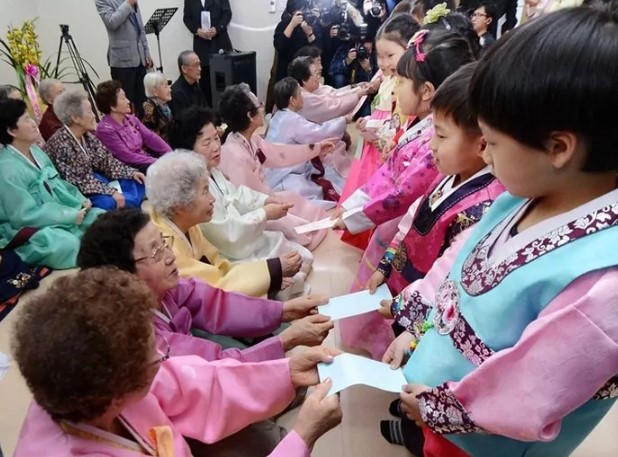
Discover similar tips
Chinese New Year
Chinese New Year is a traditional holiday dating back to the 14th century BC of the Shang Dynasty.
It was originally celebrated to honor the gods, celebrate the harvest, and ask for good harvests in the future.
However, it was banned during Mao Zedong’s rule, and the country officially followed the Gregorian calendar.
The tradition started to be respected again towards the end of the 20th century. In 1996, China introduced a week-long holiday during the Lunar New Year, although it is officially called the Spring Festival.
The celebrations are linked with significant travel, with millions of people heading home to celebrate the new year’s arrival with their families. A traditional Chinese New Year dinner always includes fish as the last course, as it is believed to bring good luck.
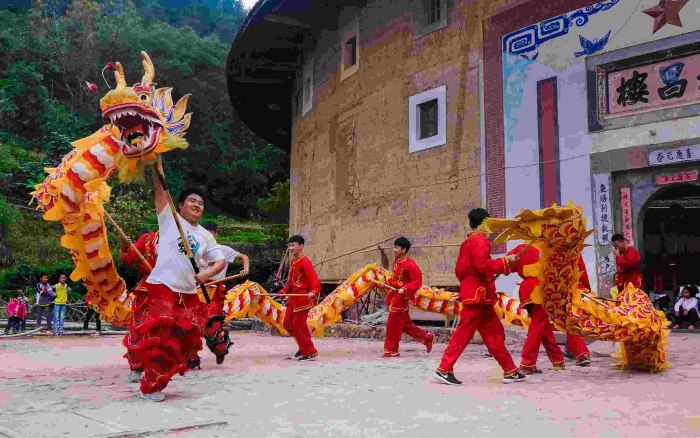
In Mandarin, the word “yú,” which means “fish,” sounds the same as the word “surplus” or “abundance.”
Similarly, in Cantonese, the word “game” sounds the same for both “tangerine” and “gold,” so mandarin oranges cannot be missing from the table.
The New Year in China ends with the Lantern Festival, celebrated on the last day of the New Year festivities. Parades, dragon and lion dances, games, and fireworks accompany the end of the holiday.
Wondering what the dragon dance looks like? Read more about how Chinese New Year is celebrated .
Vietnamese New Year
The Lunar New Year is a significant holiday in Vietnamese culture, and the celebrations are steeped in traditions and customs.
During the festive period, homes are adorned with colorful decorations such as kumquats and flowers such as chrysanthemums, orchids, and red gladioli. These flowers are believed to bring good luck and prosperity for the coming year.
One of the significant aspects of Vietnamese Lunar New Year celebrations is family reunions.
It is a time for family members to come together, enjoy each other’s company, and celebrate the new year. Often, family members travel long distances to be together during this time.
A typical Vietnamese New Year table is adorned with different dishes that have symbolic meanings. For instance, a plate of five types of fruits is served to honor the ancestors.
Each fruit represents a particular blessing or wish, such as longevity, wealth, or happiness.
One of the traditional dishes served during the Lunar New Year is Bánh chưng, a rice cake made of mung beans, pork, and other ingredients wrapped in bamboo leaves.
This dish symbolizes prosperity, and its square shape represents the earth.
Additionally, Mứt têt, a sweet treat made from dried fruits or roasted seeds mixed with sugar, is served as dessert.
In conclusion, Vietnamese Lunar New Year celebrations are a time for family, friends, and loved ones to come together and celebrate the coming of the new year.
The celebrations are rich in culture and tradition, and the dishes served during the festivities have significant symbolic meanings.
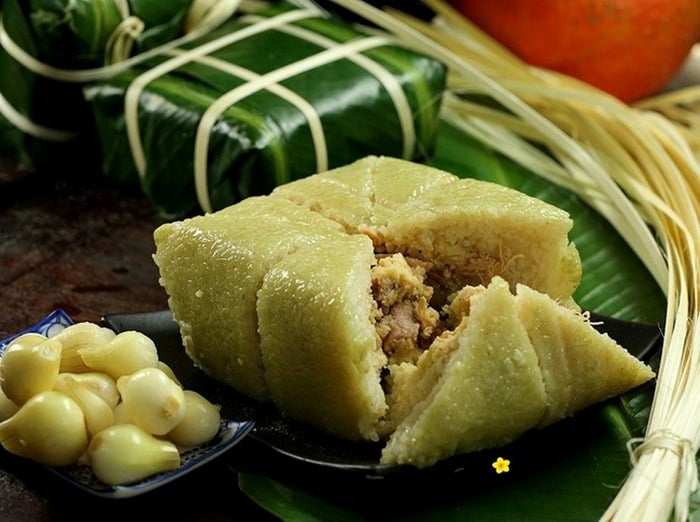
You already know how the Vietnamese New Year is celebrated. But what about the Christmas holidays? Learn how Vietnamese Christmas is celebrated.
Korean New Year
Korean New Year, also known as Seollal, is one of the most important traditional holidays celebrated in Korea.
The celebration lasts for three days and is a public holiday in South Korea. During this time, people return to their hometowns to visit their families and engage in various traditional customs.
Between 1910 and 1945, the official Lunar New Year celebrations were stopped in Korea since the country was a part of the Japanese Empire. However, many South Korean families continued to celebrate the Lunar New Year earlier.
Seollal celebrations were not officially resumed until 1989, after which it became a public holiday in South Korea. Traditionally, families from all over Korea gather at the home of the oldest male relative to pay respect to the ancestors and elders. They perform ancestral rites, bow to their ancestors, and share food and drink.
Some Koreans wear traditional hanbok clothing, and children often receive money from their elders as a New Year’s gift. In addition to traditional customs, many Koreans also play traditional games such as yutnori, a board game played with four sticks.
Other popular activities include kite flying, kite fighting, and spinning tops.
North Korea started celebrating the Lunar New Year in 2003, before which the New Year was celebrated officially only on January 1.
On this holiday, North Koreans are encouraged to visit the statues of Kim Il-sung and his son Kim Jong-il and bring them flowers as a sign of respect.
Both South and North Korea prepare traditional dishes such as “tteokguk”, sliced rice cake soup, and a dish made from five different grains to mark the holiday. Tteokguk is especially important as it symbolizes the hope for good luck and long life in the coming year.
Overall, Korean New Year is a time for family reunions, traditional customs, and enjoying traditional foods. It is a time for Koreans to reflect on the past year, pay respect to their ancestors, and look forward to a new beginning.
The following video also showcases the differences and similarities in the celebrations of Lunar New Year in different countries.
Greetings for the Lunar New Year
The Lunar New Year is celebrated by many cultures, including the Chinese, Korean and Vietnamese.
The festival is also known as the Spring Festival or Chūnjié.
Each culture has its own way of greeting one another during this holiday.
In Mandarin, a common way to wish family and close friends a happy new year is by saying Xīnnián hǎo, which translates to Happy New Year.
Another wish is Xīnnián kuàilè, which means Happy New Year.
In Vietnam, traditional greetings during Tết include Chúc Mửng Năm Mới, which means Happy New Year, and Cung Chúc Tân Xuân, which translates to kind wishes for a new spring.
South Koreans commonly say Saehae bok mani badeuseyo, which means good luck in the new year.
Meanwhile, North Koreans say Saehaereul chuckhahabnida, which translates to Happy New Year.

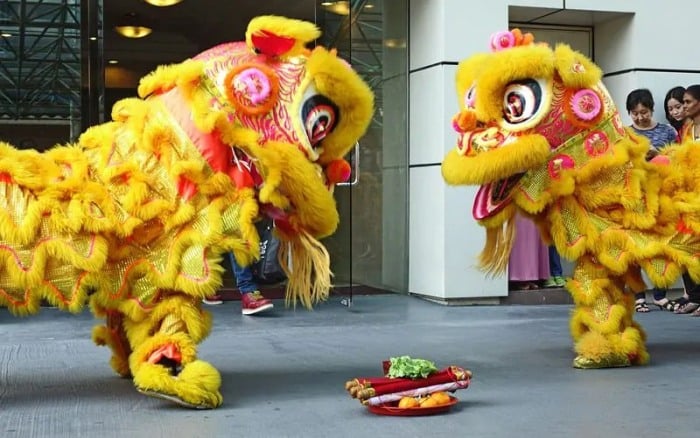
 Milan & Ondra
Milan & Ondra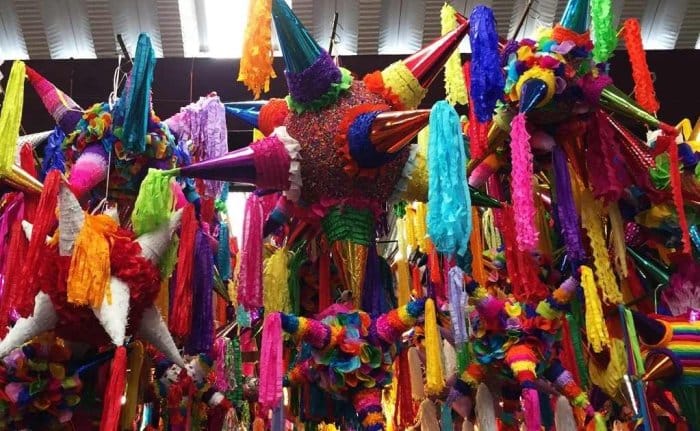

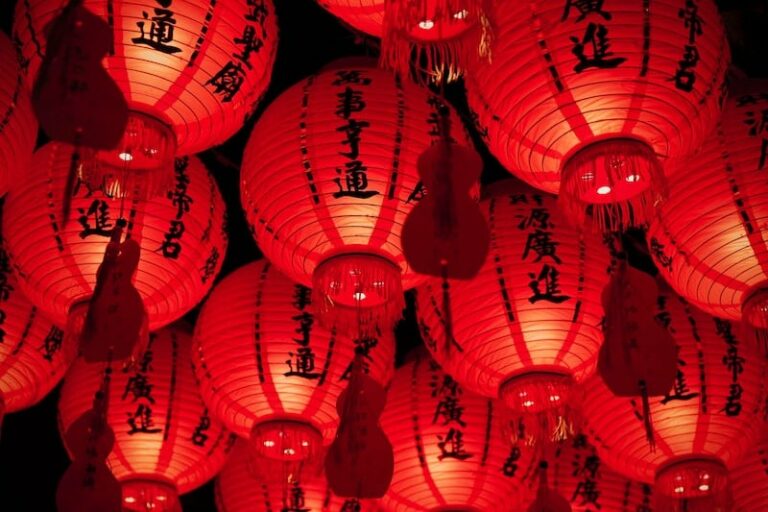
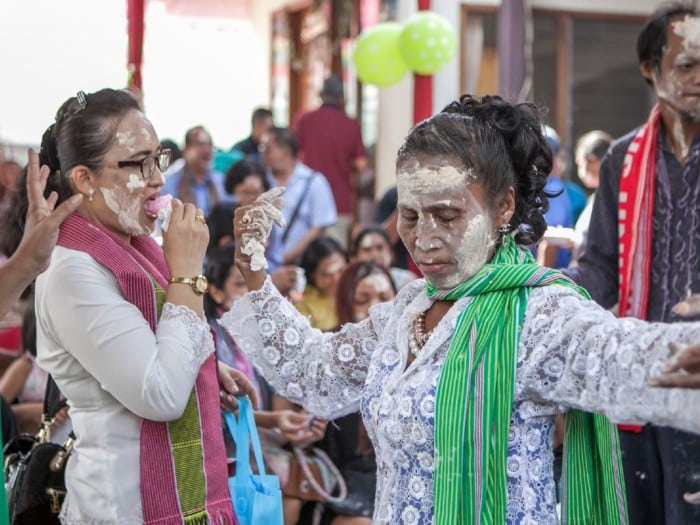
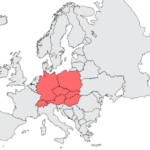 Central Europe
Central Europe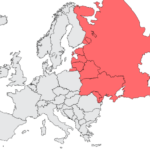 Eastern Europe
Eastern Europe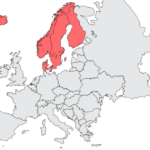 Northern Europe
Northern Europe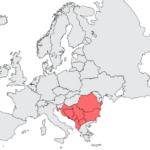 Southeast Europe
Southeast Europe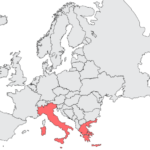 Southern Europe
Southern Europe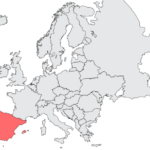 Southwestern Europe
Southwestern Europe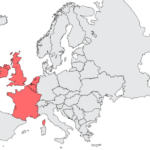 Western Europe
Western Europe